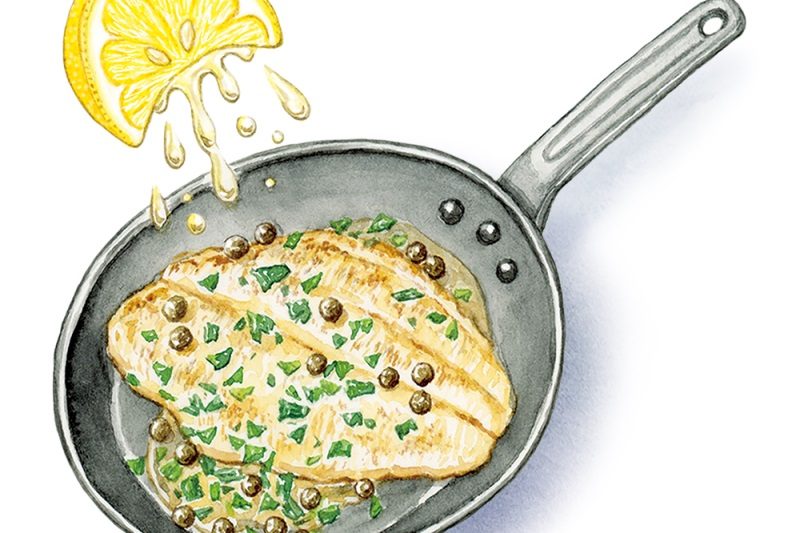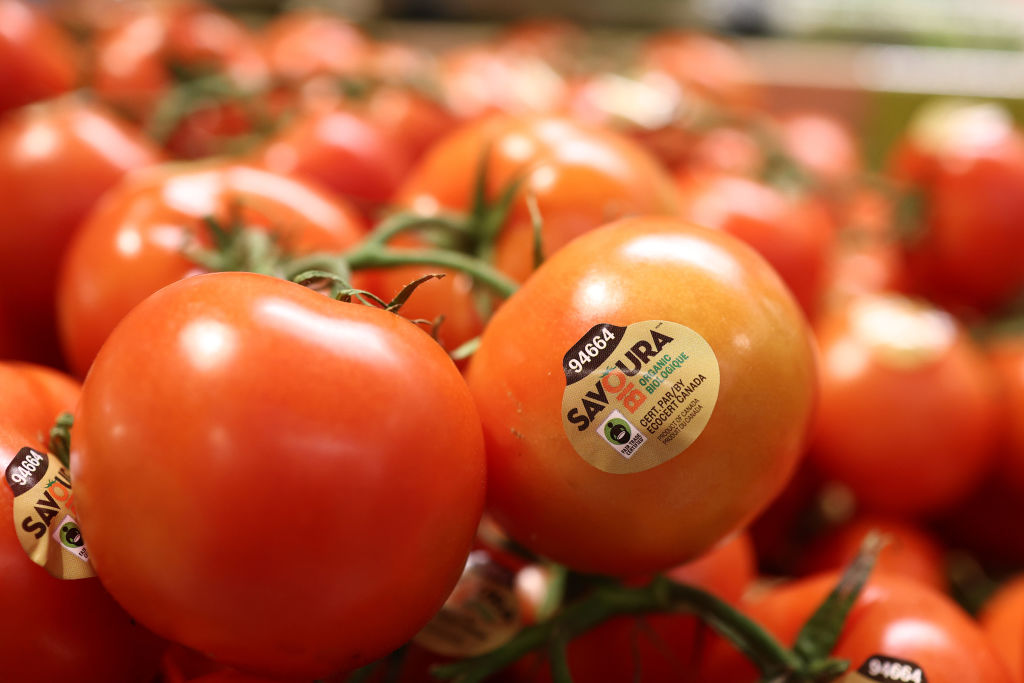Picture the scene. The year is 2004. The setting, a British field or maybe a beach. There is a small open fire burning with a single cast-iron pan perched on it. A male TV chef – dressed in a striped shirt, open at the neck, chinos, possibly red, leather shoes – is standing over it, reverently holding a fish. “This is a beautiful piece of fish,” he says, “and we’re not going to do anything fancy here. It doesn’t need it! We’re going to keep it simple.”
There must have been a clause in the contract of any TV cookery show in the early 2000s to say that a beautiful piece of fish should be cooked simply. It never looked simple, mind you, but that’s probably because the TV chef in question was simultaneously freezing and squinting into the sun, both courtesy of the British summer, and because cooking over fire – something that is supposed to convey the primal nature of this culinary experience – wasn’t something that most of us had encountered outside a campsite gas stove.
But annoyingly, they were right. A good piece of fish really doesn’t need complicated technique or a thousand ingredients. If you can lay your hands on a knob of butter and a lemon, you’re golden. “Just let the fish shine!” you’ll hear the TV chef’s words ringing in your ears as you lay the fish in the hot pan. “I’m letting the fish bloody shine,” you’ll think as you wish you’d remembered to juice your lemon before you started cooking.
Sole meunière is one of those classic fish dishes that takes simplicity as its starting and end point. It sounds like something you would encounter only in an old-fashioned French restaurant, but it doesn’t require demi-glace or veal stock or 17 different types of meat. It isn’t simmered for days; you don’t need goose fat or a particular Alpine cheese. It really is just floured fish, cooked in butter. And as such, it lends itself to busy mid-week home-cooking: it’s the kind of dish where you can read the recipe through once, and then bring it together in among the laundry, undone homework and in-the-way spouses. It needs just one pan, a small number of ingredients and no complicated techniques. Nevertheless, the result is a sophisticated one: creamy firm flesh that flakes beautifully under a fork, sitting in a gleaming, buttery sauce, somehow both rich and light, balanced with lemon juice, and stippled with briny, tangy capers.
Charmingly, à la meunière means “in the style of the miller’s wife,” presumably a reference to the flouring of the fish before it is cooked. The floured sole is cooked in lots of butter, just a couple of minutes on each side. The fillets are set to one side and the heat turned up until the butter begins to turn nut brown. A blast of lemon juice stops it burning and turns the pan juices into a sauce. Capers are added and the whole thing is spooned generously over the fillets. A fistful of parsley is the only thing left to add. It’s a pleasure to make: the gentle hiss as the fish hits the butter in the pan, the smell of the butter browning and the fizz of the lemon juice as it arrests the browning of the butter.
It really is just floured fish, cooked in butter. And as such, it lends itself to busy mid-week cooking
“The original fast food” is another fish-cooking cliché, but no less true for that; fish cooks quickly and should be served as soon as possible once cooked. Sole meunière takes minutes to go from pan to plate. Have your ingredients ready before you begin because once you start cooking, you’ll want to have everything to hand – it really is that fast.
Some of the older recipes for sole meunière call for a whole fish, skin removed; it’s no more difficult than cooking fillets but dealing with a whole fish can be intimidating and I’m far more likely to sling a couple of fillets into the pan on a Wednesday night, so the recipe I’ve given is a true reflection of how I like to cook this dish.
Sole meunière is most often associated with Dover sole but you may struggle to get hold of it; don’t worry, other flatfish work almost as well. I particularly like lemon sole, but plaice is lovely too.
Serves 2
Hands-on time 15 minutes
Cooking time 10 minutes
- 3 tbsp plain flour
- ½ tsp fine salt
- 2 Dover or lemon sole fillets (or a whole Dover sole, skin removed)
- 1/4 cup butter
- 1 lemon, juiced
- 2 tbsp capers
- Handful of parsley, finely chopped
- Place the flour and salt into a shallow dish, then drag the fish fillets through the seasoned flour, making sure both sides of the fish are coated.
- Heat the butter in a heavy-bottomed pan over a medium heat. Once melted, add the fillets and cook for three minutes, then turn them over and cook for another two minutes on the other side. If you’re cooking the fish whole, add an extra 30 seconds to each side. Set the cooked fish to one side while you make the sauce.
- Turn the heat up under the butter until it foams. Once it begins to brown and smell nutty, add the lemon juice, and let the mixture bubble, shuffling the pan so that the sauce comes together. Stir
in the capers and remove from the heat. - Put the fillets on the serving plates, spoon the sauce over the top and sprinkle with the parsley; serve immediately.


























Leave a Reply